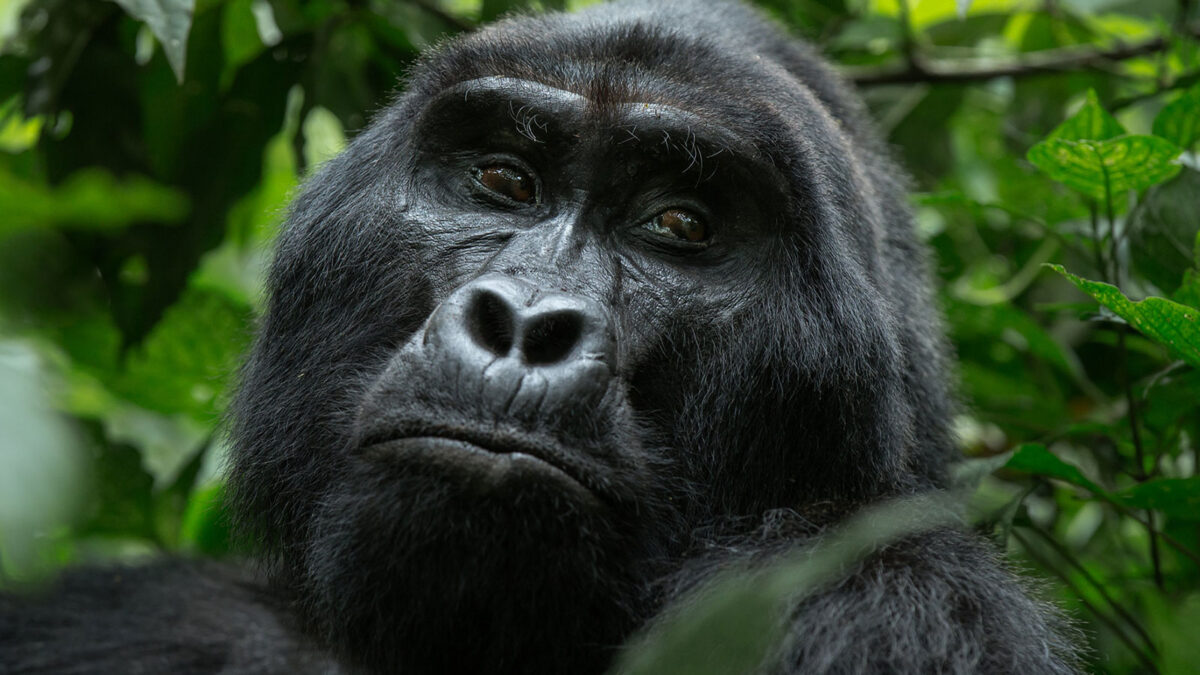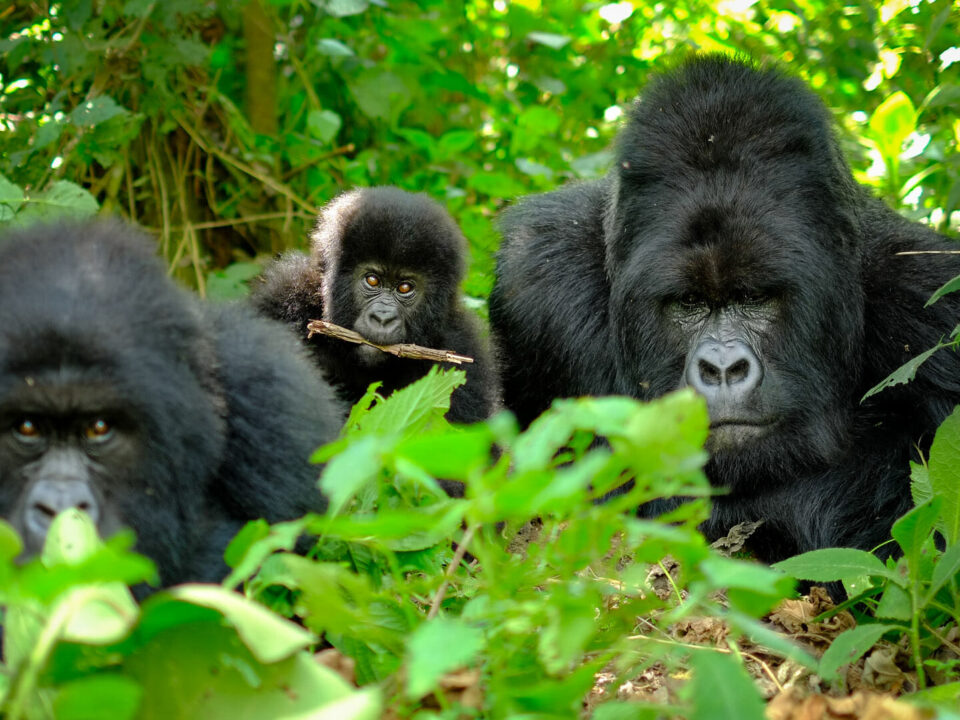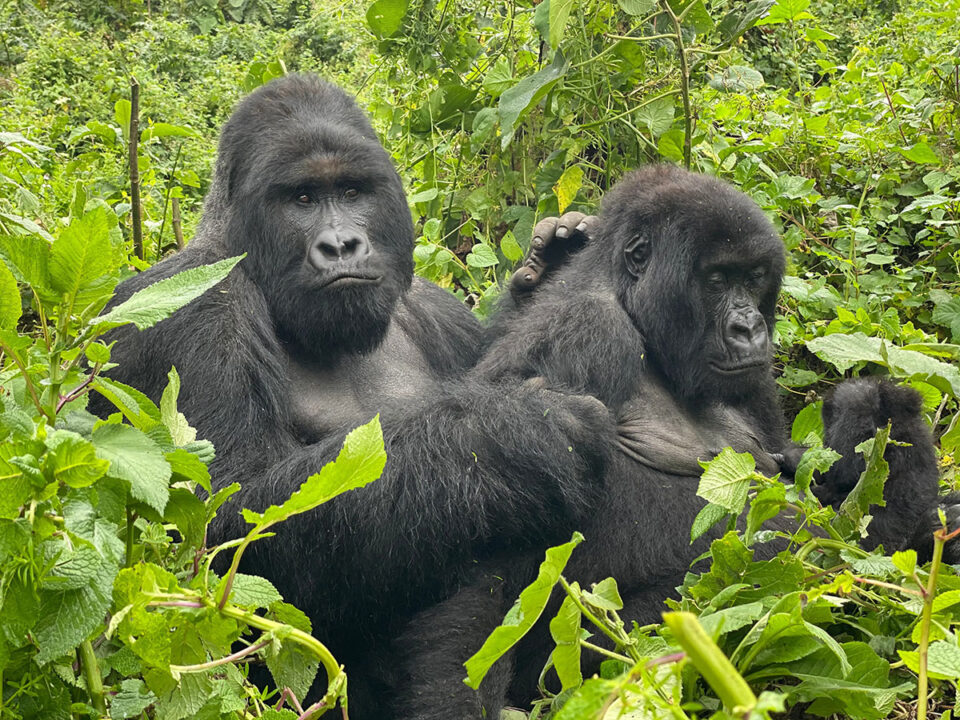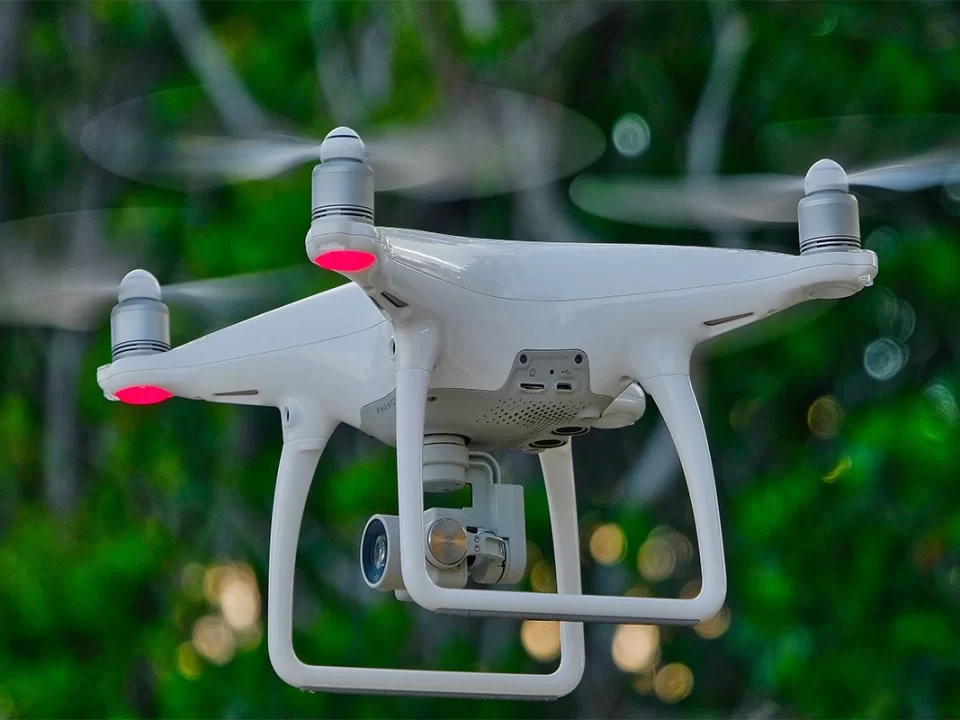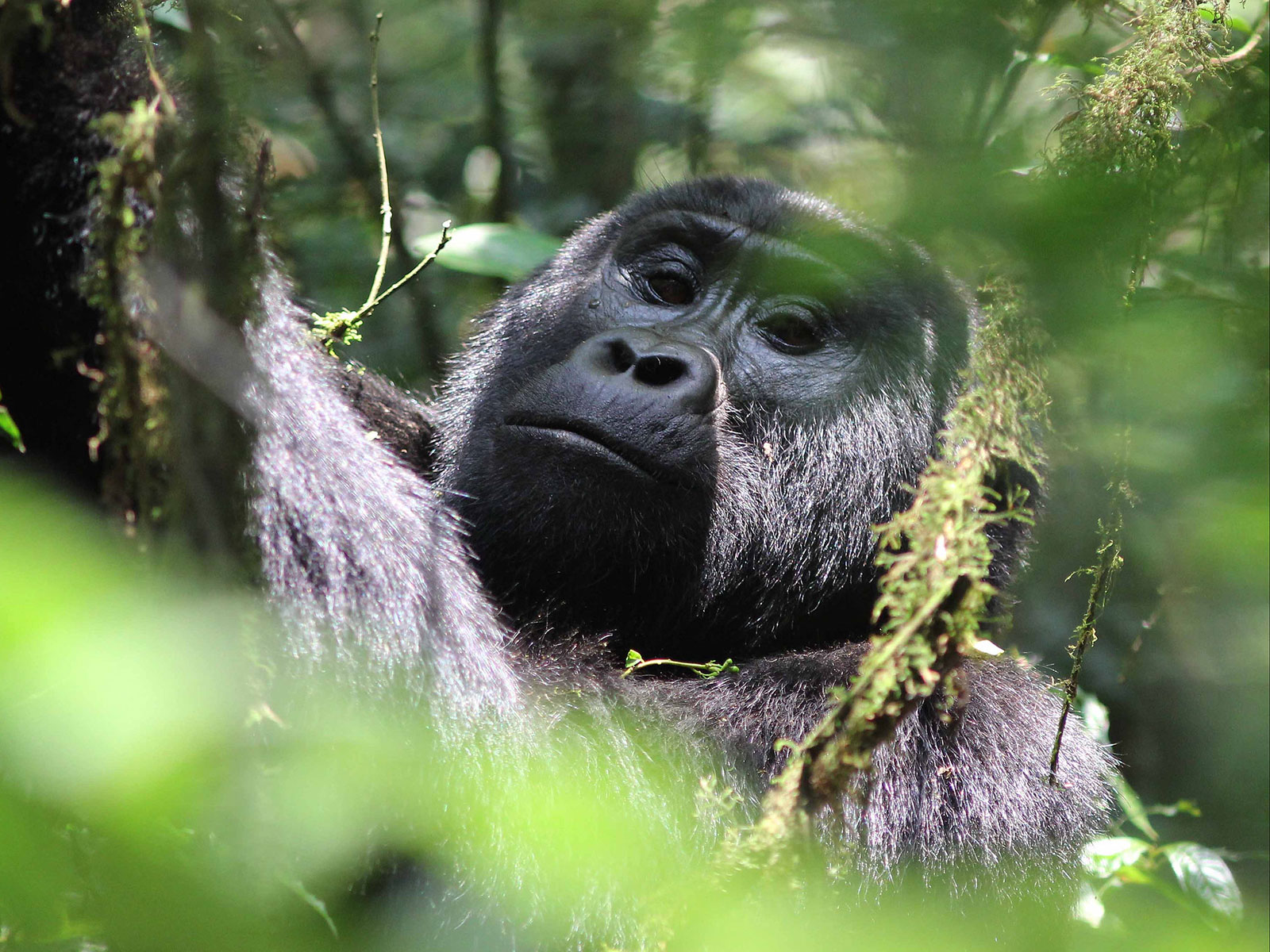
Important Factors to Consider Before Booking Gorilla Habituation Safaris
March 9, 2023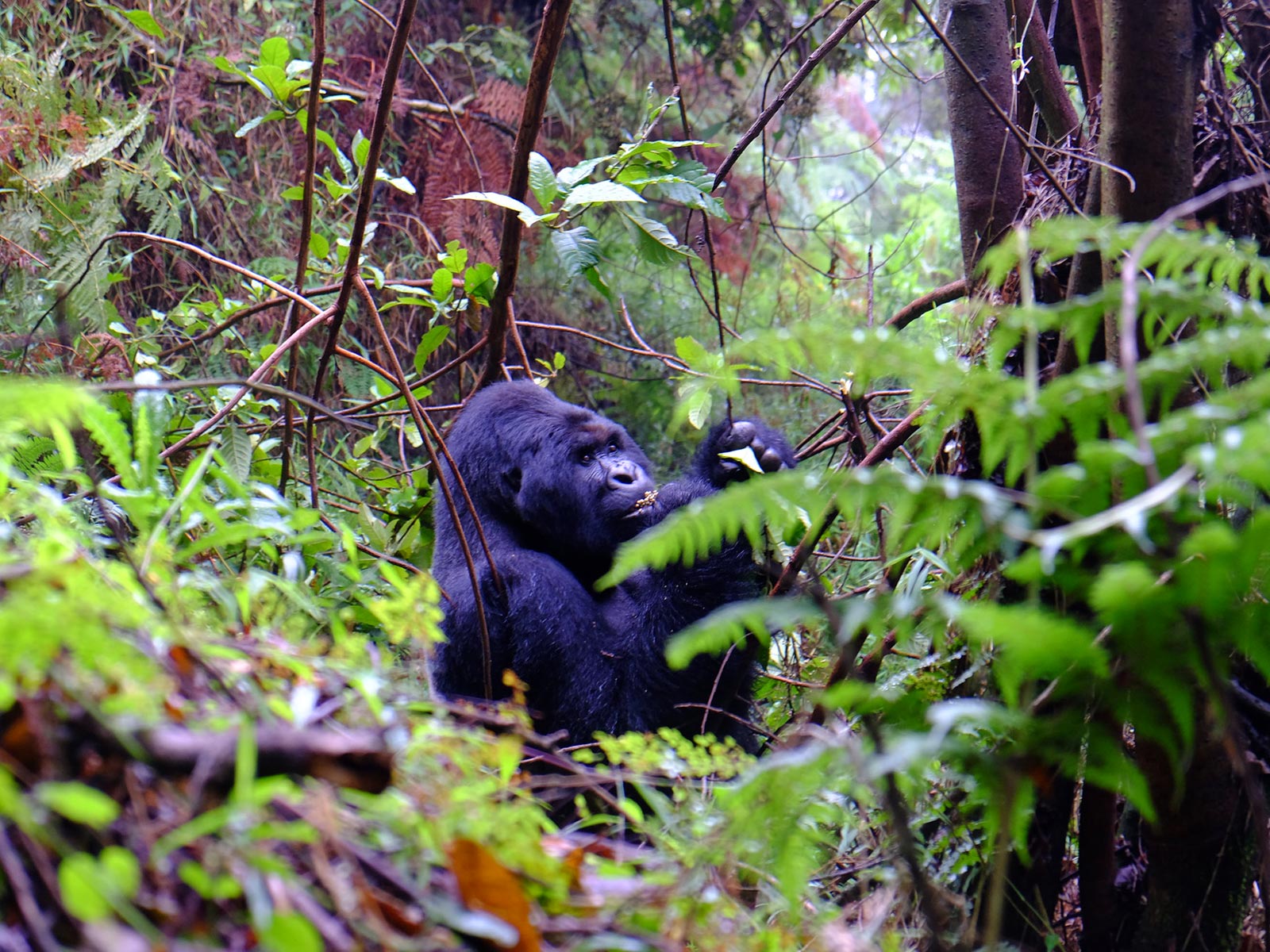
Where is Mgahinga National Park Located in Africa?
March 9, 2023When to Book a Gorilla Habituation Safari
If you’re interested in experiencing the Gorilla Habituation safari, you might be wondering when the best time is to book it. Fortunately, we have the answers to all your questions regarding this unforgettable experience.
The Gorilla Habituation safari is conducted exclusively in Bwindi National National Park, specifically in the Rushaga and Nkuringo sectors, where two gorilla families, Byikyingi and Bushaho, are currently being habituated. This unique experience was introduced by the Uganda Wildlife Authority in 2014, allowing visitors to be a part of the process and observe the gorillas as they adapt to human presence.
Gorilla habituation is the process of training a gorilla family to become accustomed to the presence of humans. There are no set criteria for selecting which gorilla group to habituate, but once a group is chosen, it can take up to 2-3 years of consistent habituation to prepare them for visitor tracking. During this time, a team of researchers, guides, and rangers visit the identified gorilla group daily to help them become comfortable around humans. It’s essential to remember that gorillas are wild animals and can be unpredictable without proper training.
During the gorilla habituation process, researchers conduct various studies on the gorillas, collect samples, and observe individual behavior traits to learn how to handle them. The gorillas are also given names to identify them, and the group’s readiness for tourist visits is assessed. Once the researchers determine that a group is ready for tracking, a mock exercise is conducted with a few people allowed to experience the habituation process
The habituation process involves a gorilla family that is only available for up to four visitors per day per trek, accompanied by researchers and rangers. This exclusive experience offers a longer time with the gorillas, up to four hours, as compared to the one-hour usual gorilla tracking. However, visitors must bear in mind that these gorillas are either semi-habituated or under habituation, which means that they might be shy and elusive. They may hide away or move away from visitors to avoid getting too close to humans.
If the habituation process is successful and the family passes the mock exercise, they become available for normal tracking. This once-in-a-lifetime experience is incredibly attractive to many visitors. However, it’s important to understand that it doesn’t guarantee a chance to get up close to the gorillas. Nevertheless, it’s still an excellent opportunity to learn more about these magnificent creatures and see them in their natural habitat.
Best Time and Tips for Booking a Gorilla Habituation Experience Trip
The Gorilla Habituation Experience is a unique opportunity to witness gorillas in their natural habitat, but with only four permits available per day, it’s important to plan your trip well in advance. This experience is available year-round, but it’s recommended to visit during the dry season months of June to August and December to February. During these months, the rain is less frequent, and the gorillas are more likely to stay in one place, making it easier to habituate them.
It’s important to note that the Bwindi Impenetrable National Park is a rainforest, and it can rain at any time of the year. Habituation is possible during the rainy season, but it’s less desirable as the gorillas move around a lot and the terrain of Bwindi can become uncomfortable and slippery.
Since only four permits are available per day, it’s crucial to secure your spot in advance, at least 3-4 hours before your desired trip date. The permits are sold on a first-come, first-served basis, so it’s best to use a tour company like Trek Africa Expeditions to help you with the booking process. They can advise you on when to book and provide you with availability so that you can choose the dates that work best for you.
In summary, the best time to book a gorilla habituation experience is during the dry season months, but it’s possible to do it year-round. It’s important to plan ahead, book through a reliable tour company, and be prepared for the possibility of rain at any time.
Other Frequently Asked Questions About Gorilla Habituation You Need to Know
What’s difference between Gorilla Trekking and Gorilla Habituation Experience?
There are several differences between gorilla trekking and the gorilla habituation experience. Firstly, the amount of time spent with the gorillas varies significantly. Gorilla trekking permits provide visitors with only one hour with the gorillas, while gorilla habituation permits allow visitors up to four hours with them. During this time, visitors can take photos, get information from the researchers, and even participate in naming ceremonies.
Price is another significant factor distinguishing the two experiences. A gorilla trekking permit costs USD800.00 per person per trek, while a gorilla habituation permit costs USD1500.00 per person per trek for four hours with the gorillas.
It’s essential to note these differences when deciding which experience to choose. Gorilla trekking may be more affordable, but the shorter time with the gorillas may limit visitors’ opportunities to observe and learn about these magnificent creatures. Conversely, the gorilla habituation experience may be more expensive, but it offers visitors an extended period with the gorillas, allowing them to witness more aspects of their behavior and habits.
How much is a Gorilla Habituation Permit?
Compared to the standard gorilla trekking permit, which costs USD800 per person per trek, the gorilla habituation permit is more expensive, costing USD 1500 per person per trek. This higher cost is due to the more immersive experience it offers, including four hours with the gorillas and access to a team of researchers who provide in-depth information about the animals.
Only four gorilla habituation permits are available per day, so it’s important to book well in advance. The experience starts at 7:30am, and visitors must arrive at the park by 7:00am for briefing.
It’s worth noting that the minimum age for gorilla habituation is the same as that for gorilla trekking, with a minimum age of 15 years old.
Accommodation options for Gorilla Habituation
If you’re planning to go for Gorilla Habituation, there are many accommodation options available in both Rushaga and Nkuringo. These options range from luxury to budget-friendly, depending on your preferences and budget. Some of the available options include Clouds Mountain Gorilla Lodge, 4 Gorillas Lodge, Nkuringo Bwindi Gorilla Lodge, Rushaga Gorilla Valley Lodge, Rushaga Gorilla Camp, Rushaga Havens Lodge Bwindi, Nsongi Camp, and more. It’s recommended to do some research and choose the one that fits your needs and budget for a comfortable and enjoyable stay during your Gorilla Habituation experience.
Transportation options to Bwindi Impenetrable National Park
Getting to Bwindi Impenetrable National Park is easy with various travel options available. Travelers can start their trip from either Entebbe or Kigali, depending on their location. Trek Africa Expeditions offers road trips in a 4×4 Safari Van or a land cruiser suitable for such trips.
From Entebbe, the drive is approximately 8-9 hours, but it’s a scenic route with several stops along the way for photos and lunch. The experienced guides won’t miss any interesting spots, and travelers get to stop at the Equator crossing in Kayabwe.
Traveling from Kigali takes no more than 4-5 hours, with stops at the genocide museum in Kigali and at the border of Cyanika when crossing into Uganda. It’s advisable to get an East African Visa to make re-entry easy if returning to Kigali after the trip.
Domestic flights from Entebbe to Kisoro Airstrip are also available. The flight takes only an hour, and a car drives travelers to a lodge near Bwindi for their Gorilla habituation experience the next day. Note that all flights to Kisoro are in the morning due to weather conditions in the area.

